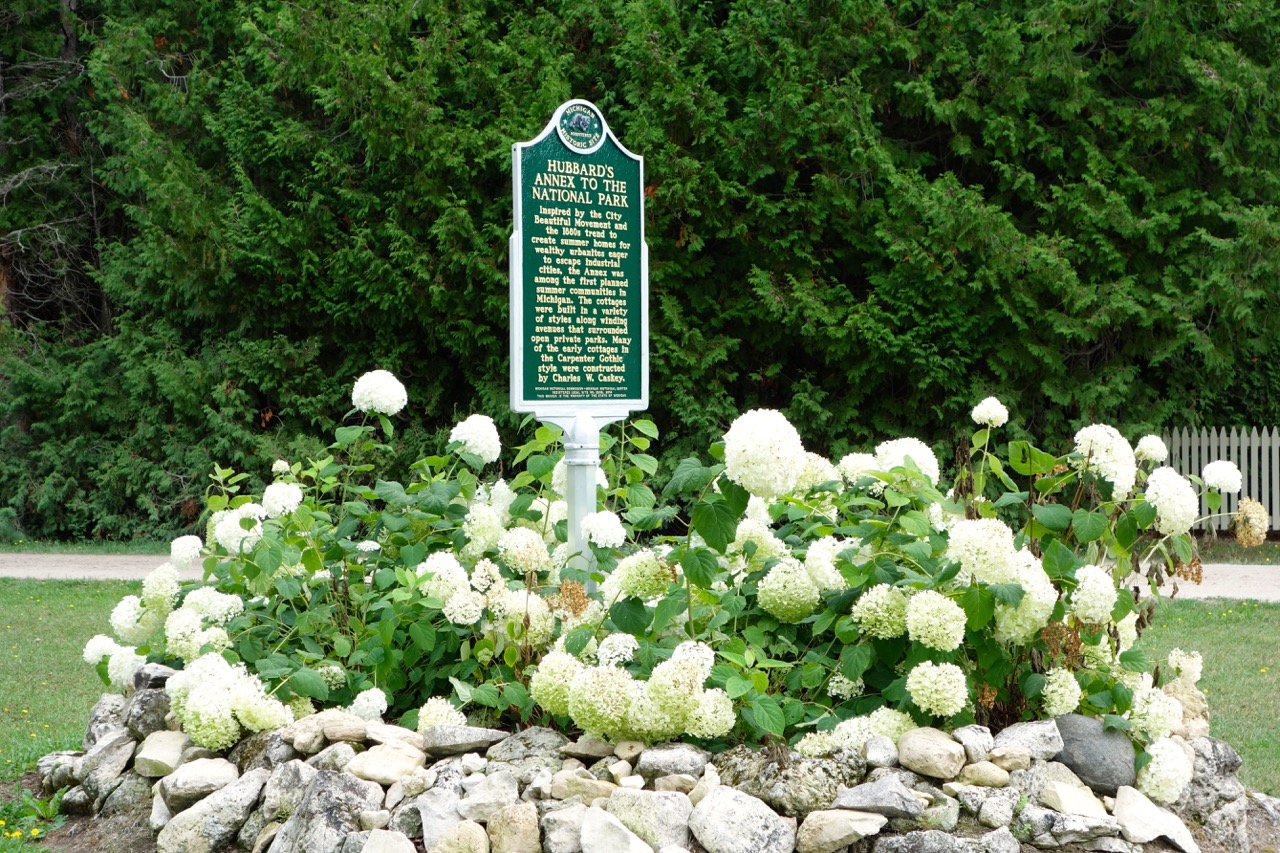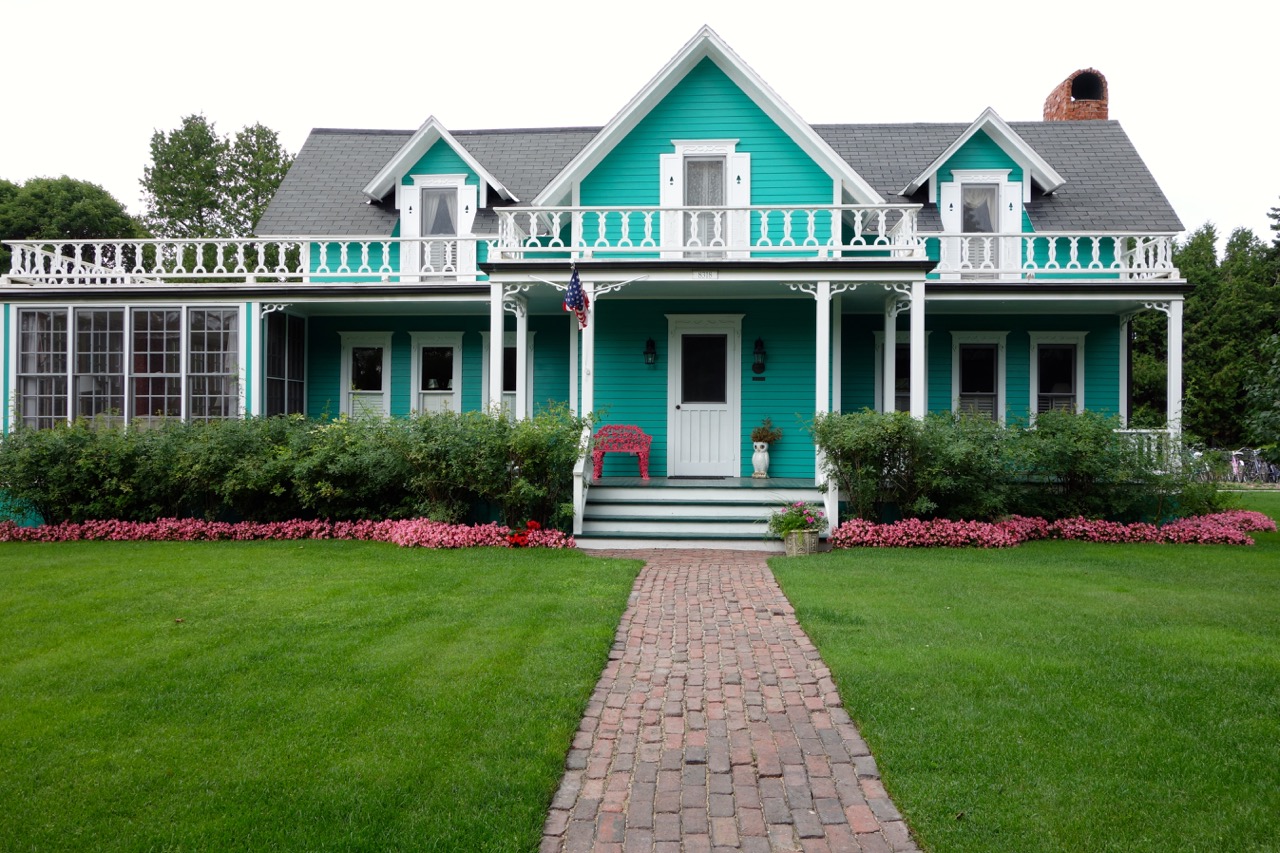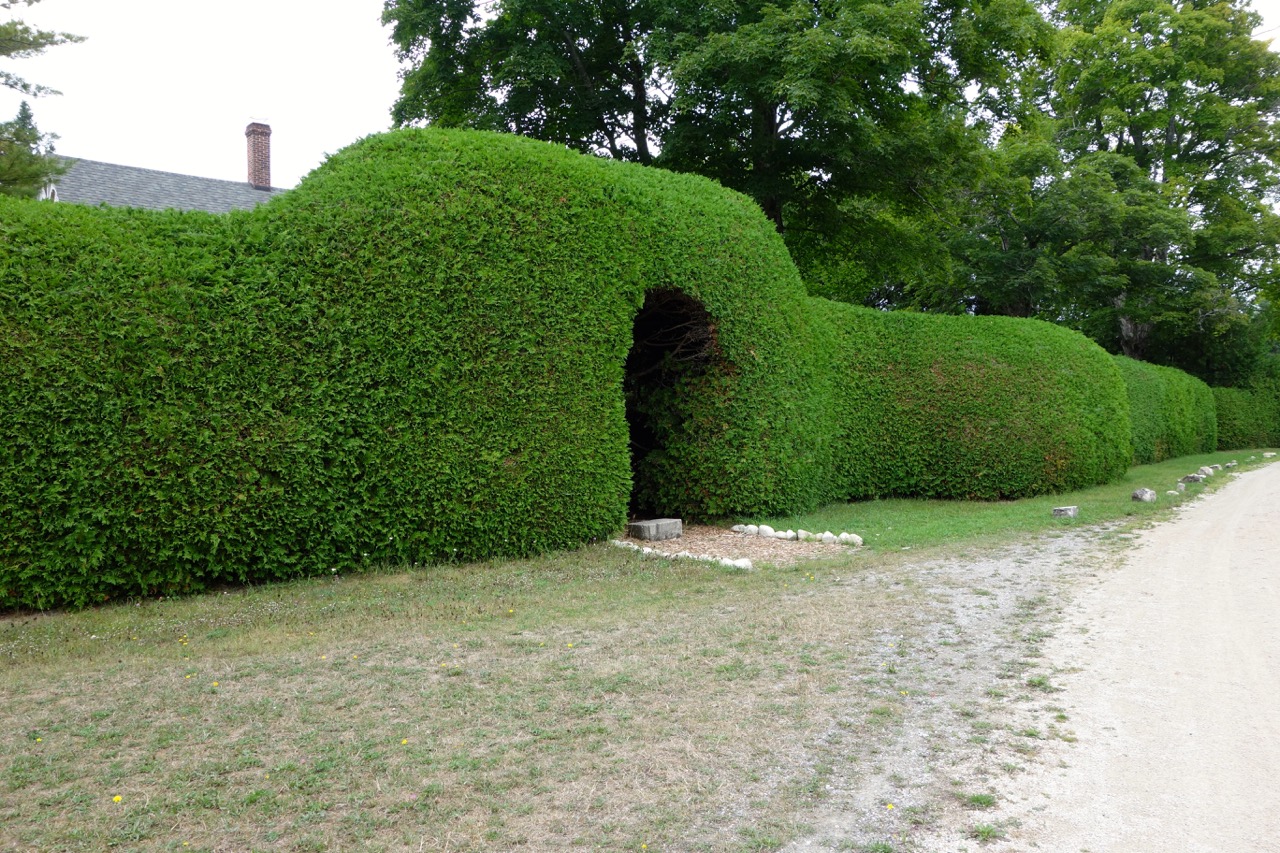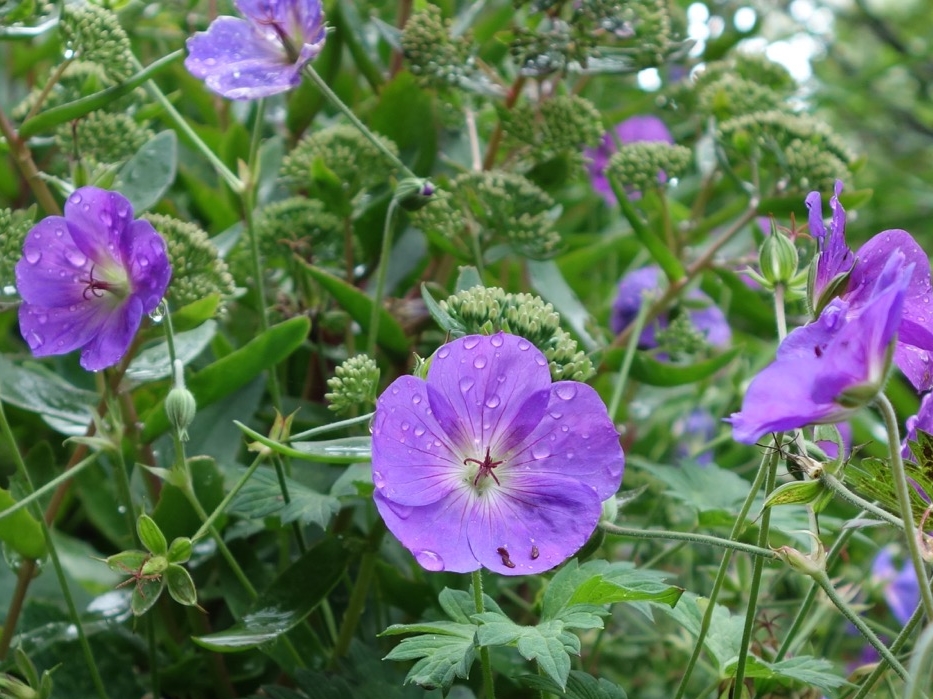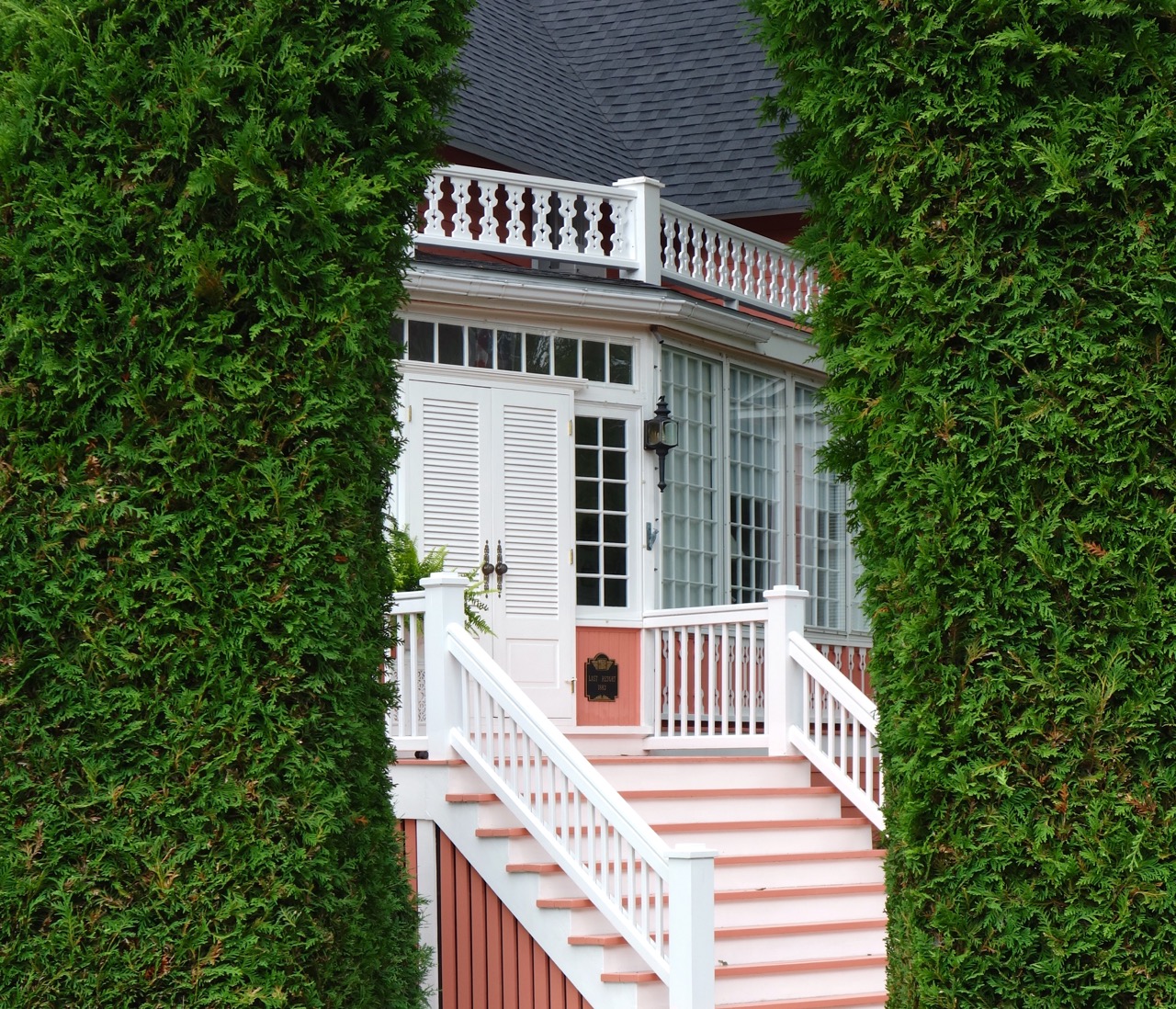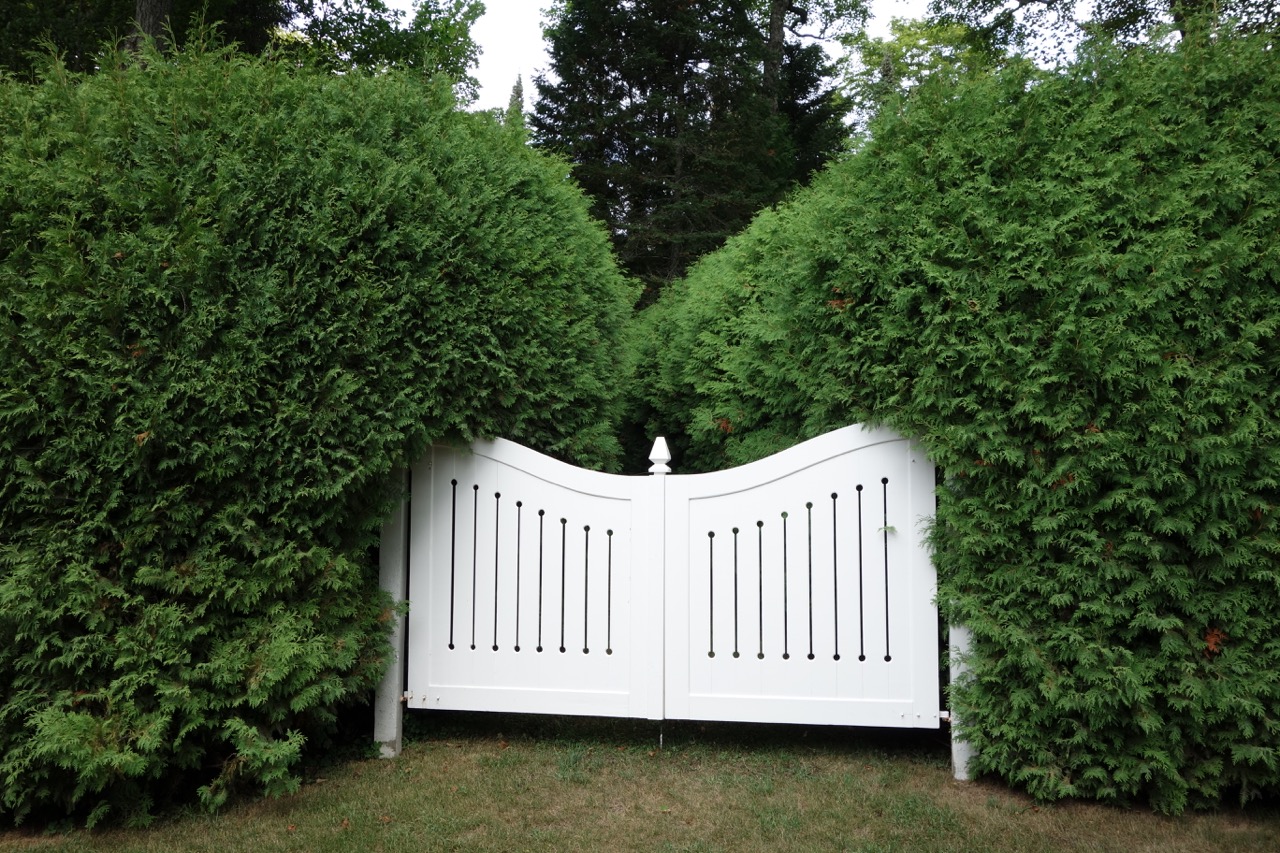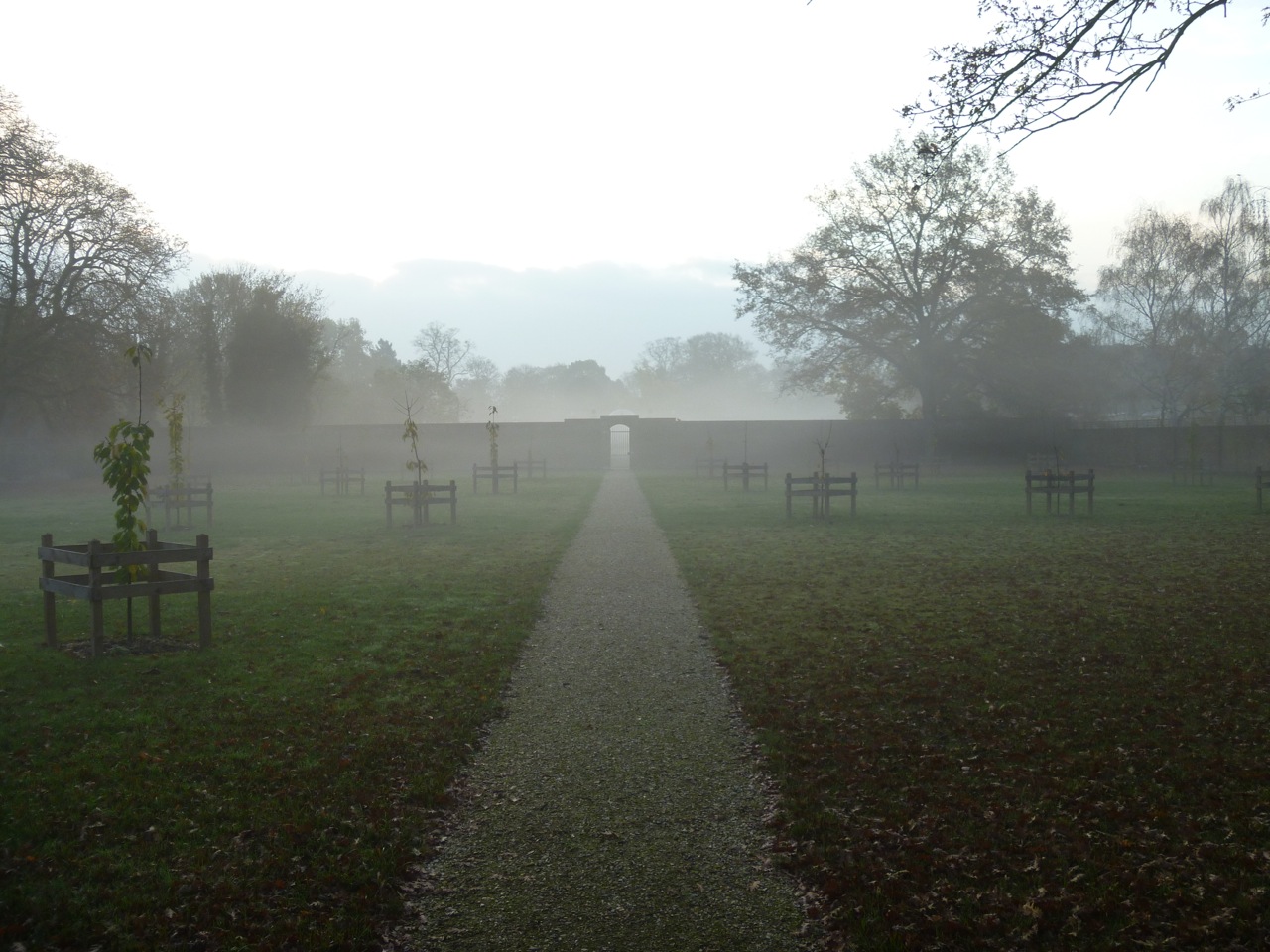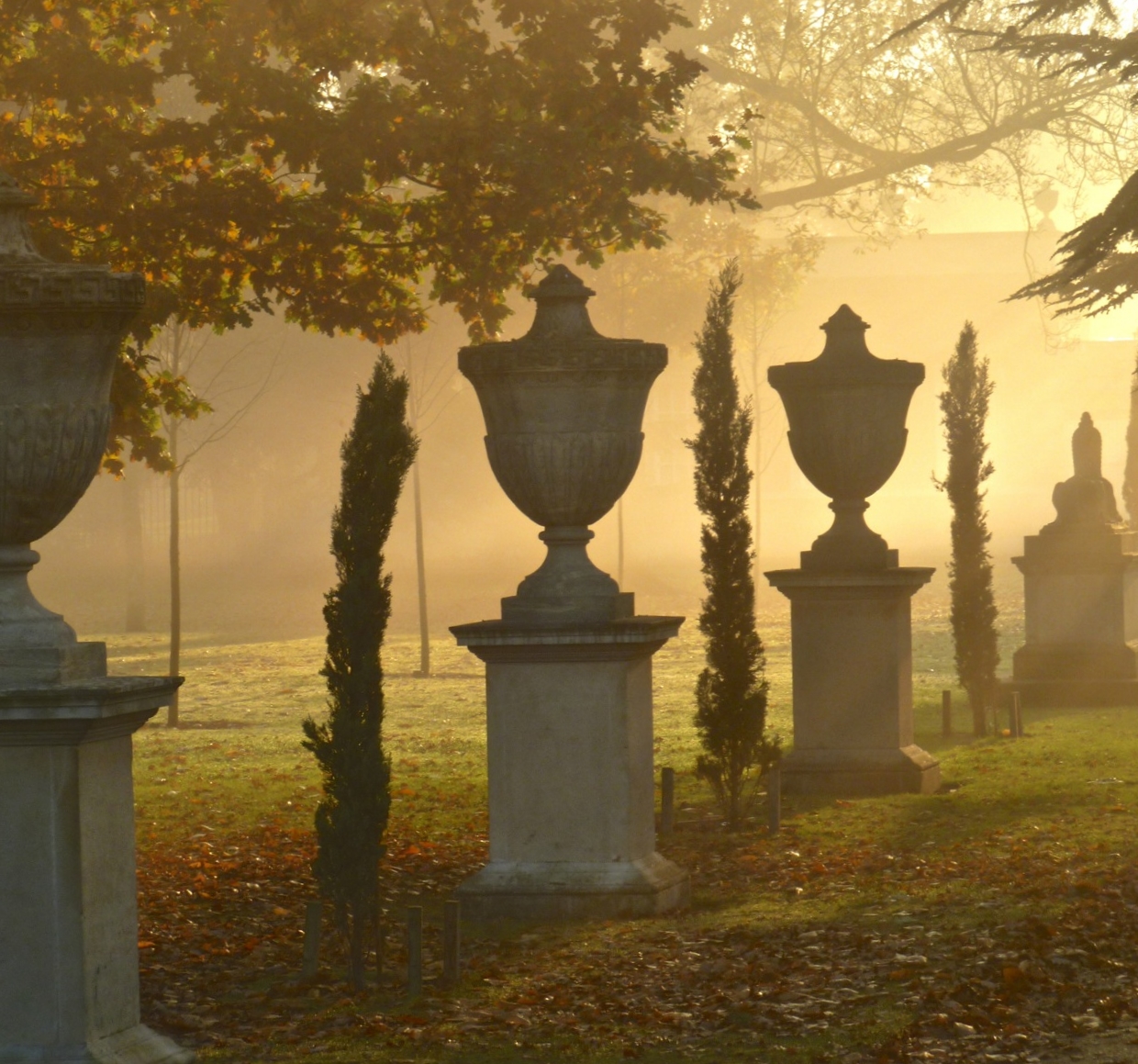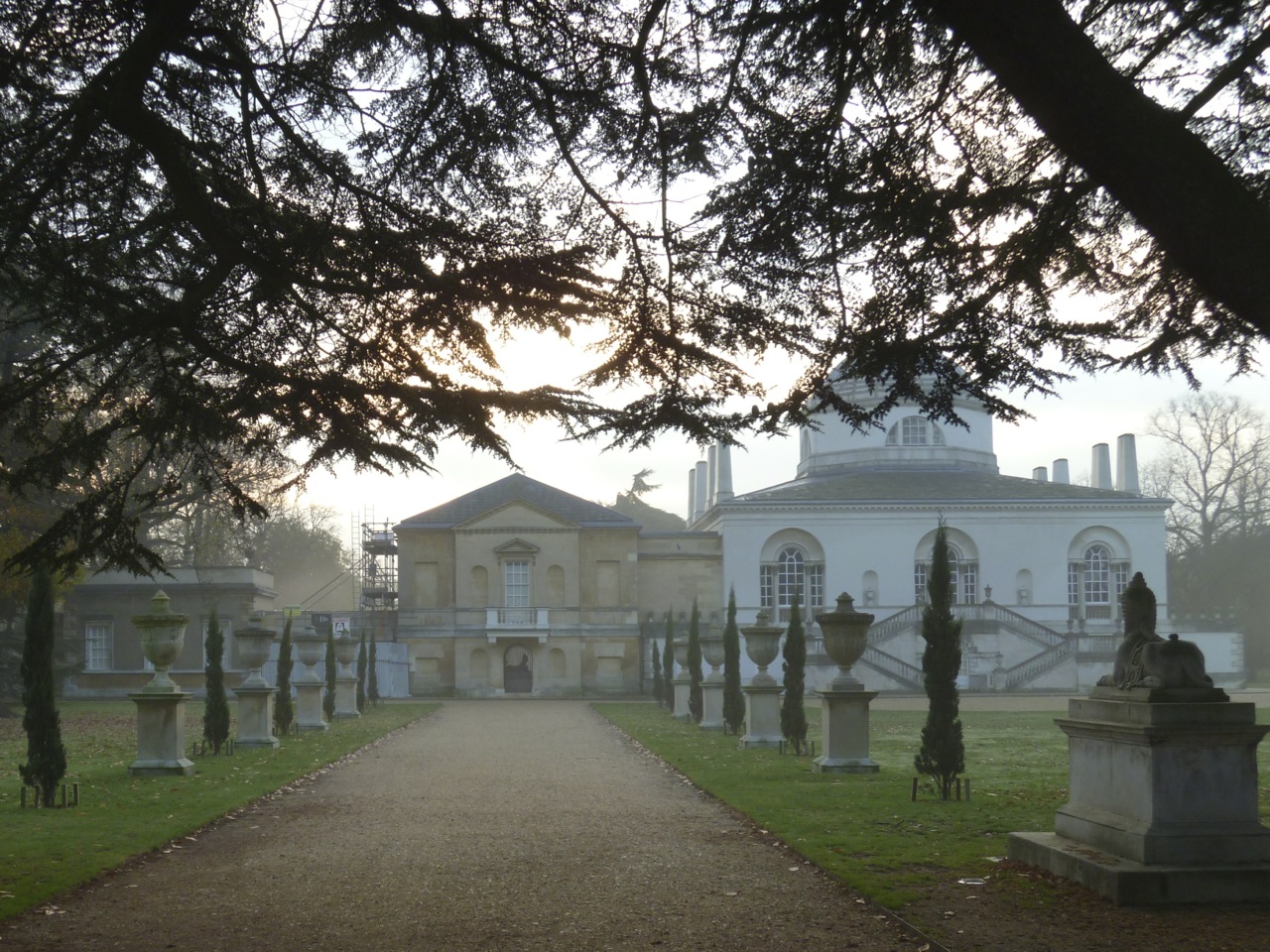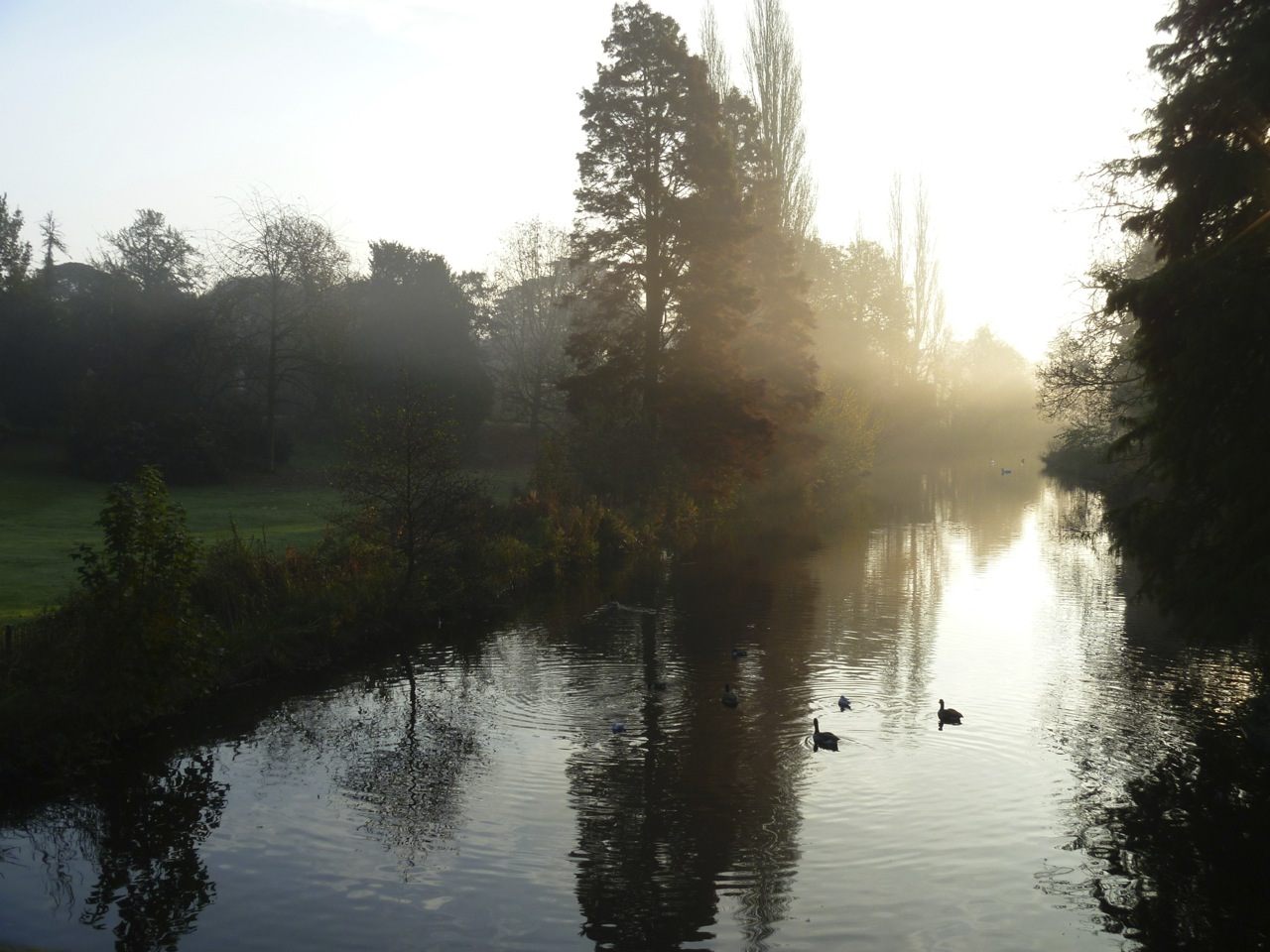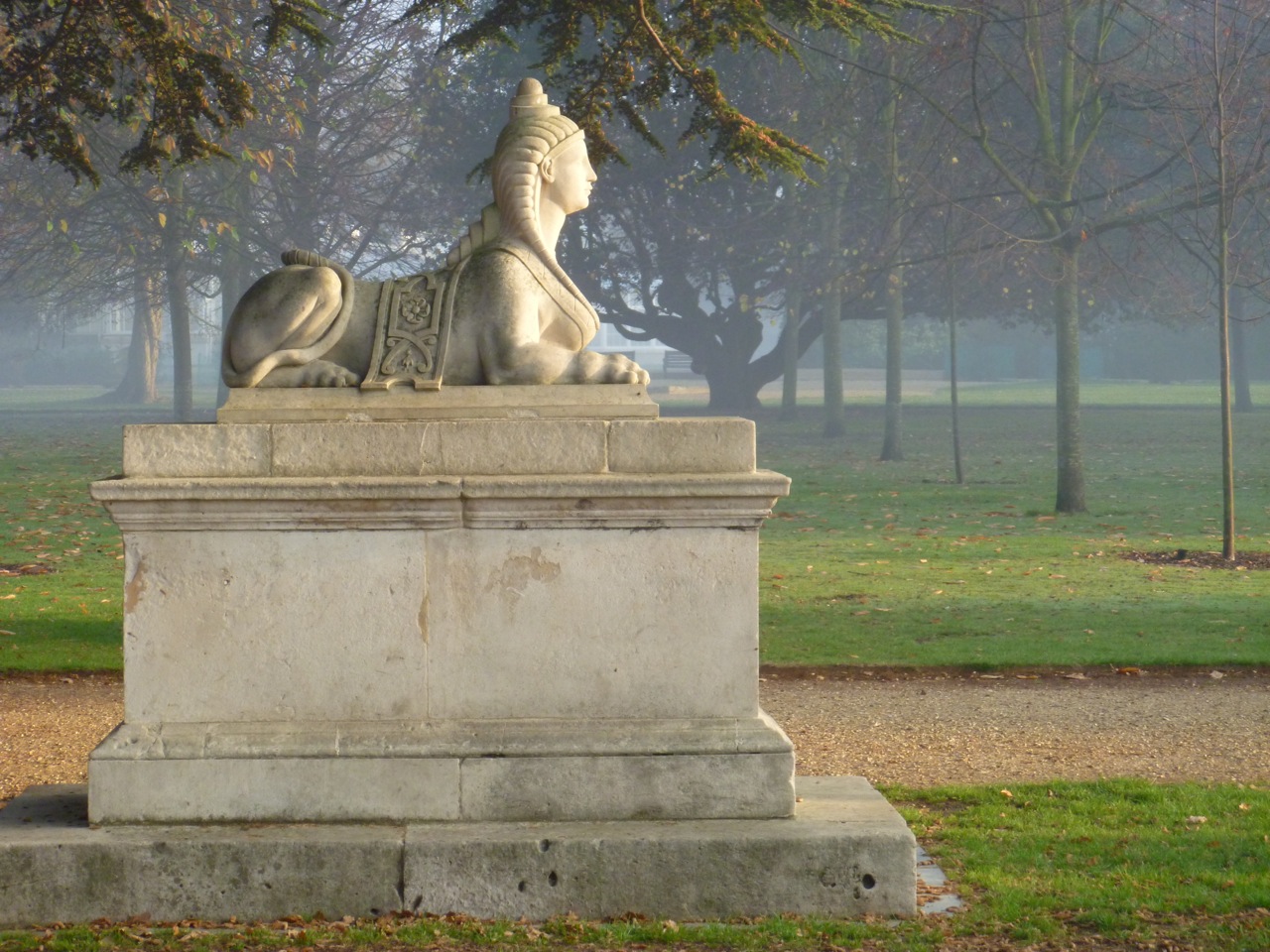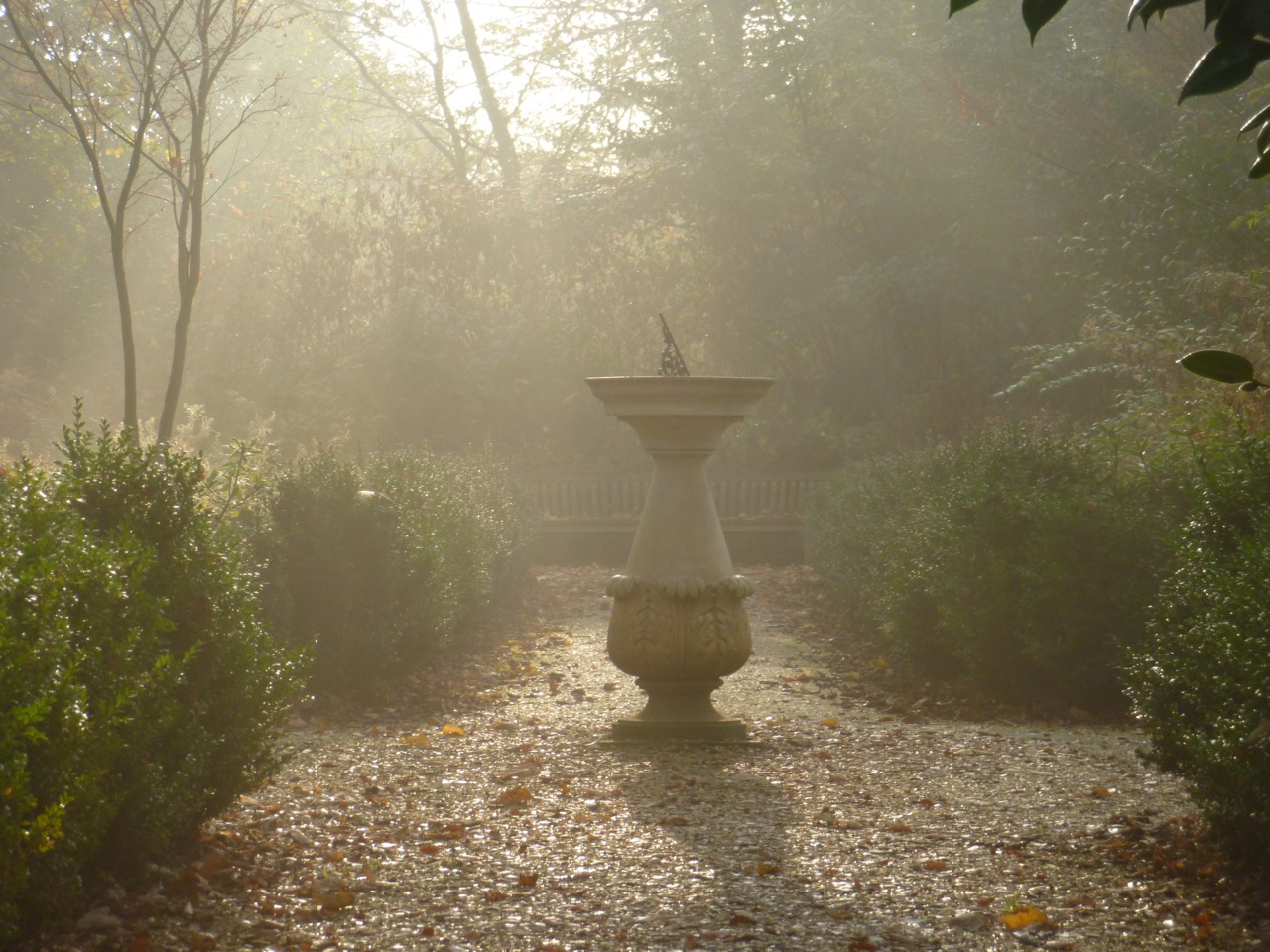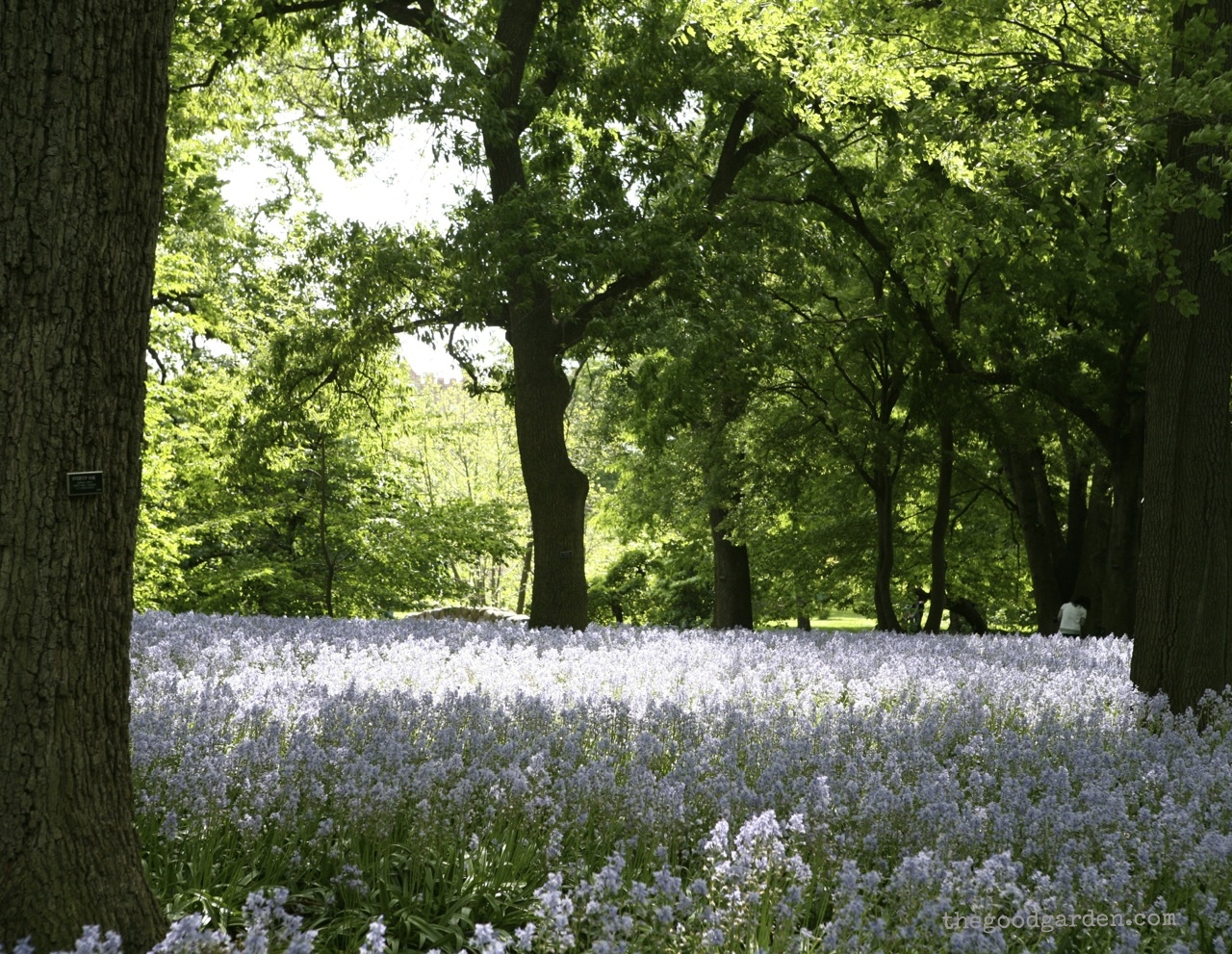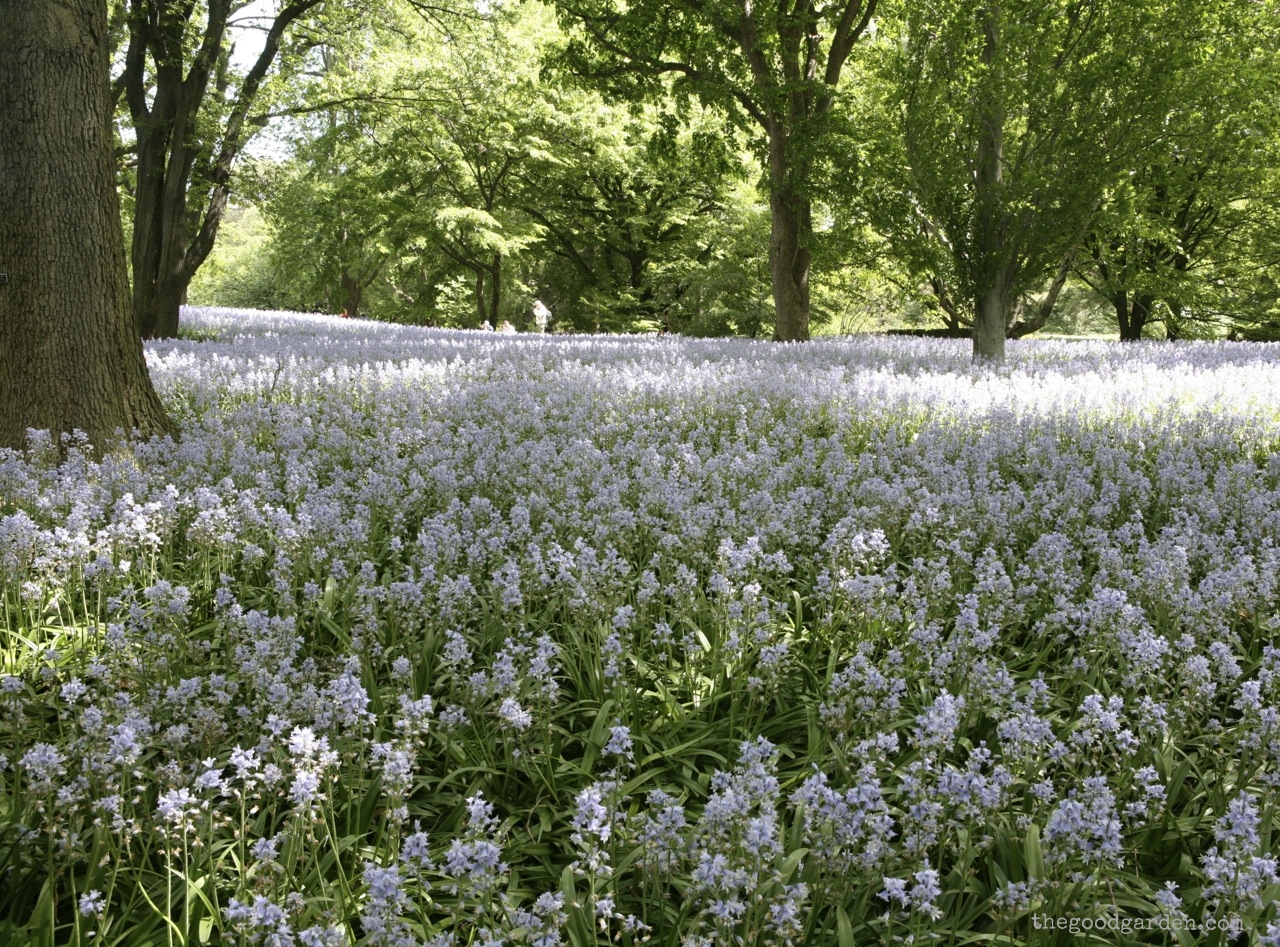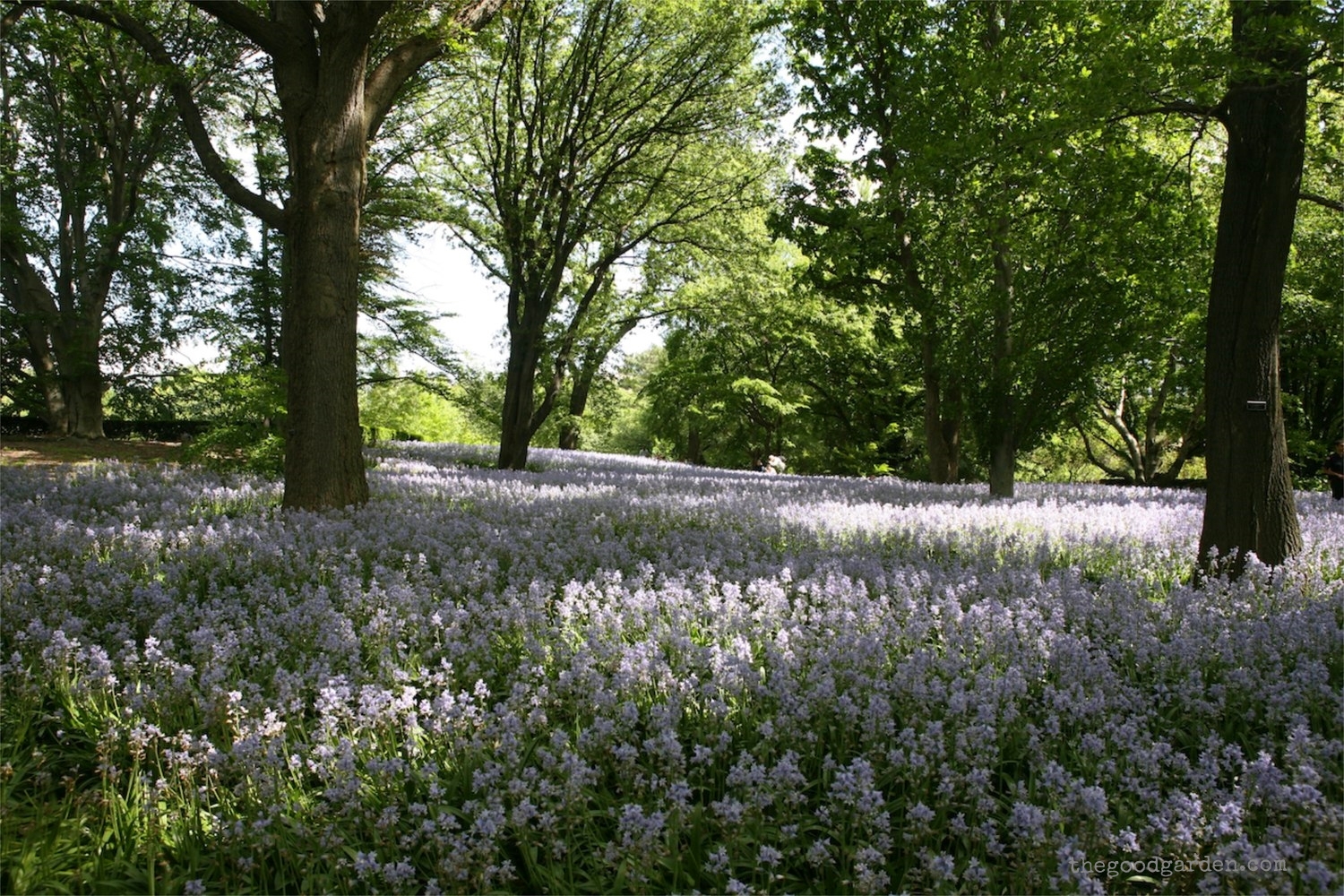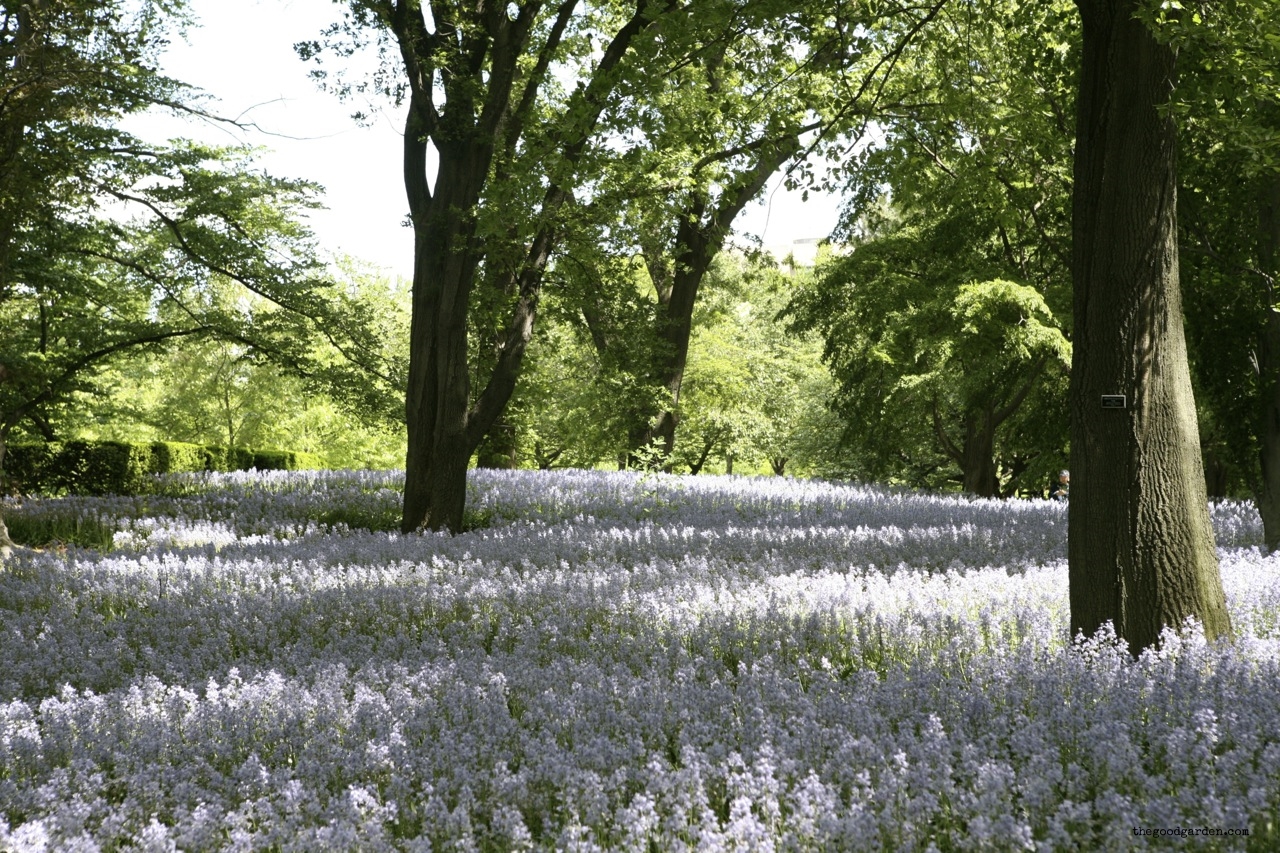Before HGTV, before Martha Stewart, before Better Homes and Gardens, there was Andrew Jackson Downing: tastemaker to ...
Read MoreAutumn light
I recently gave a talk on garden photography where we discussed the poetry of light: How the seasons affect light, light before dusk, early morning light, and fog-diffused light.
This discussion reminded me of a recent visit to Chiswick House in London. I decided to get up extra early in order to experience the garden in the autumn morning light. Taking into account the hour and a half travel time from central London, this meant waking up at 5:30am.
Not normally a problem, but when my alarm went off, my jet lag was at full force. Thoughts of “where am I”, “how did I get here” cleared enough so that I could pull myself out of bed. I could tell that a thick fog had rolled in overnight, so I was driven by the anticipation of seeing the garden under this special condition. Each step felt like I was moving through mud in slow motion. What was I thinking! My entire body craved sleep. Even the floor of the train looked like an appealing spot to lie down. The slightest bit of light was too bright.
On the final 25 minute walk the soft early morning light was quickly dissipating – the fog was lifting. As my jet lag passed, I began to worry that I might be too late. I should have gotten up earlier. All this effort wasted!
Then I entered the northern Rustic House Gate. Like a personal favor from the universe, the garden had held on to its own pocket of fog. The light was amazing. Light diffused by the fog was punctuated with sharp oranges and whites where sunlight came through. Radiating shafts of light shot out from behind trees. The garden was silent because the neighborhood was just waking up. Families were going through their morning routines as I had 2 hours earlier.
The Cherry Orchard, the Italian garden, and the approach to the House reveal the original formal style and ornamentation of the garden. The Lake, created in 1737, gives the illusion of a slow moving river and is a key design element of the garden’s picturesque plan: innovative at the time. Chiswick is considered the birthplace of the landscape movement.
The lawn slopes down to the man-made river. This "new" feature added in the early 1700's when the garden was redone in the landscape style.
“Originally created by Lord Burlington and William Kent in 1729, the garden was inspired by the sights of the Grand Tour and romance of classical Italian landscape painting; it was conceived as a single, living artwork. Burlington and Kent replaced the formality of the existing renaissance garden with a freer, more luscious design. Straight lines were out, curves and clusters in. ‘Natural’ spaces were created, their informality highlighted by the careful addition of sculpture and other architectural details including an Ionic temple and Doric column. The lawn that slopes gently downwards from Chiswick House to the artificial river was also introduced, a revolutionary feature in its day.” (source: www.chgt.org.uk)
Autumn is a great time for garden watching, especially in the early morning fog.
Happy garden watching!
Bluebells on the loose
Nearly every May, I have found a way to work in a visit to the Brooklyn Botanic Garden. And no matter when in the month I make my visit, I am always rewarded. Their cherry blossoms are spectacular and the grove of lilacs can’t be beat.
On this occasion I was able to make it to the garden at the right time to catch the brief but spectacular Bluebell Wood. 45,000 Spanish bluebells explode beneath a canopy of oak, birch, and beech trees. It’s is unforgettable. This perfect picturesque element was born out of necessity. The original lawn area was not doing well with so much shade. In 1994 Robert Hyland, former Brooklyn Botanical Garden head of horticulture, designed the planting that we see today.
In some climates, the Spanish bluebell is almost too good at what it does. The Plant Conservation Alliance lists Spanish Bluebells on its list of “plants to watch” in US Mid-Atlantic states and encourages their removal from native woodlands there.
And last year David Randall wrote “Spanish bluebell is on the loose” for UK’s The Independent. He said: “The desire of gardeners to have one of the great glories of the English countryside growing in their own backyards is threatening the very plant they adore. An insidious process involving garden centres, their customers and insects is doing great damage to that most emblematic of wildflowers, the native bluebell.”
Nonetheless, these bluebells are safe to use across many gardens and a bluebell display like this is quite special; plan a visit to the Brooklyn Botanic Garden so that you don’t miss the 2-week window when these beauties are in bloom.

